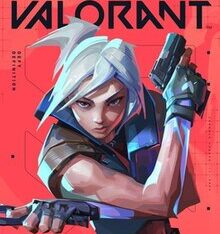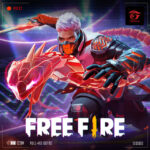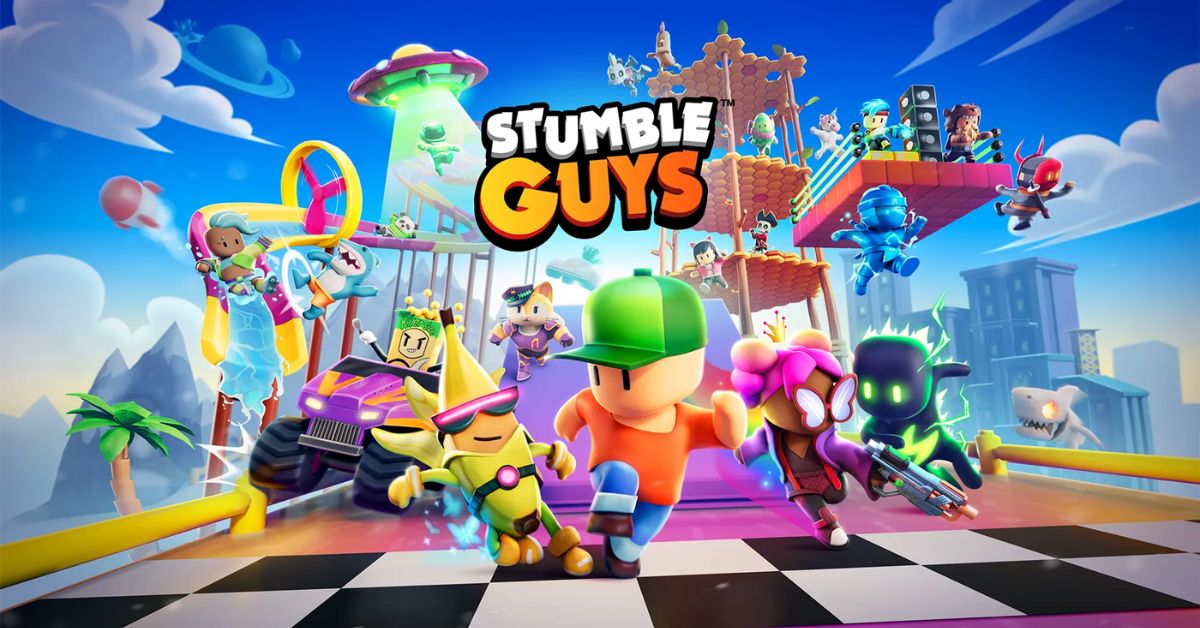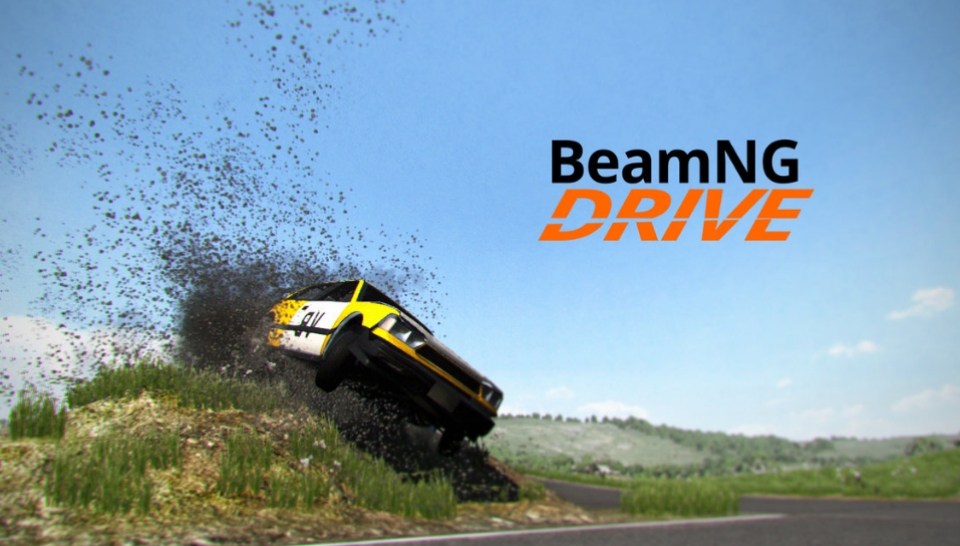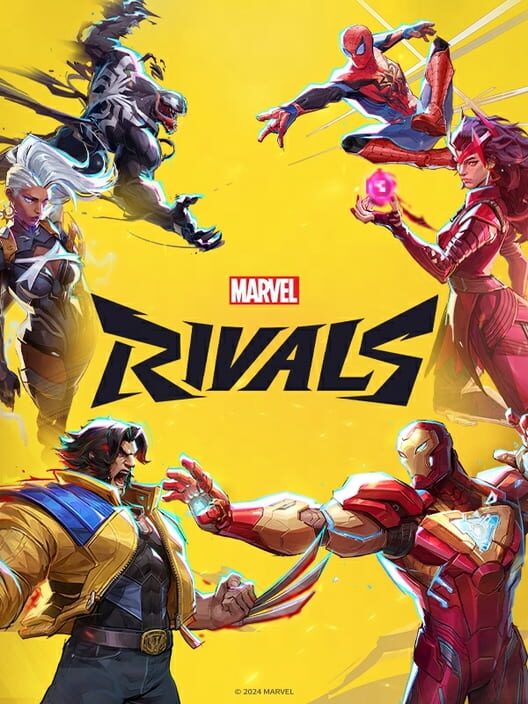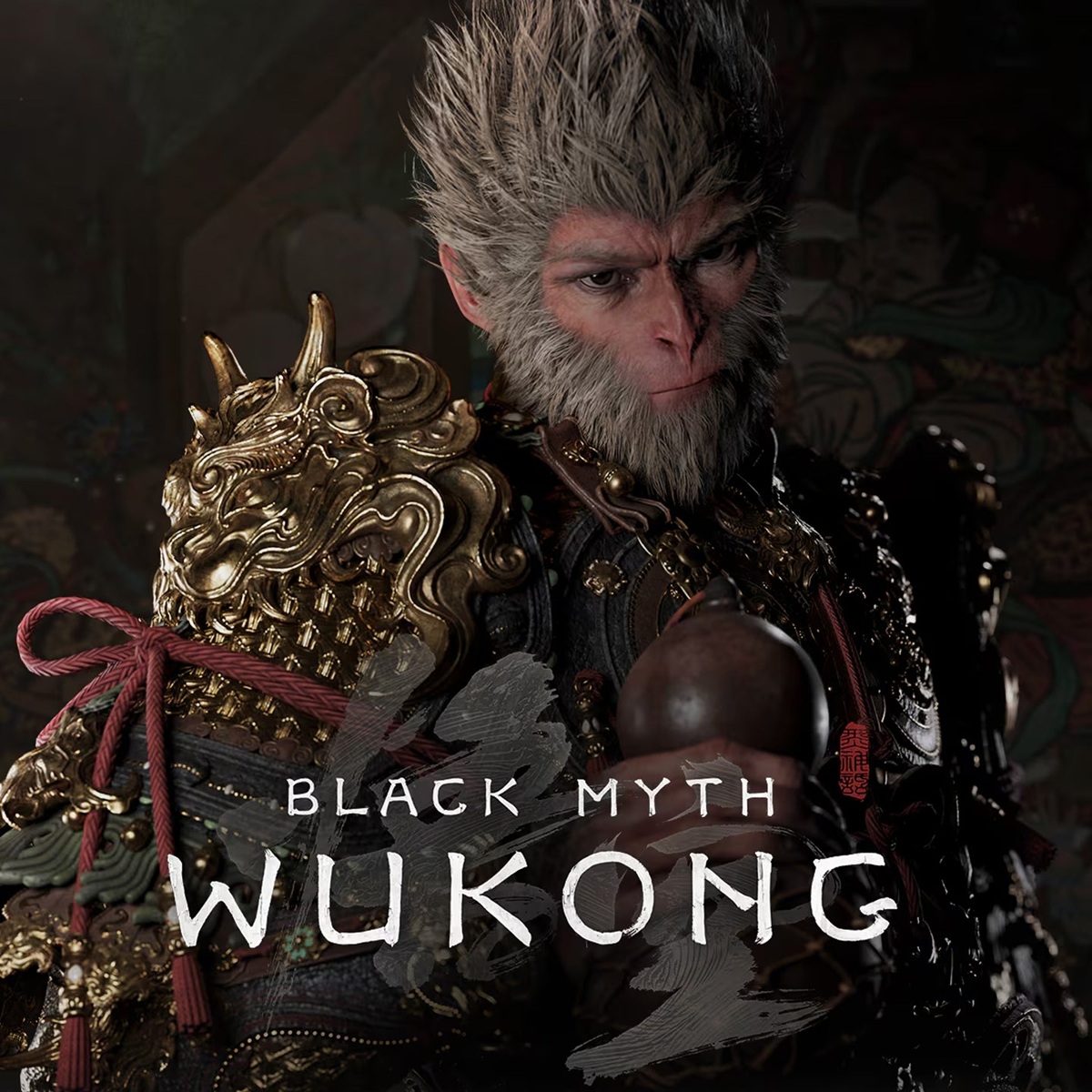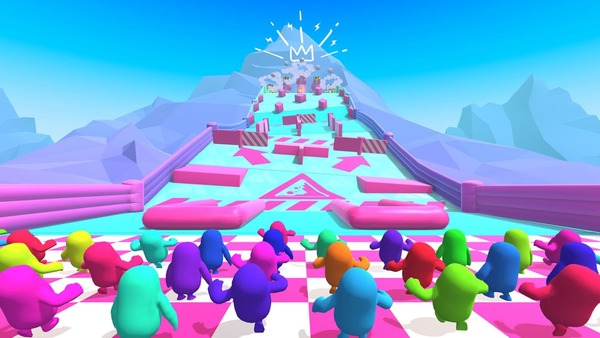Valorant Review and Latest Updates: A Detailed Look at the Game’s Evolution
Valorant, developed by Riot Games, is a first-person tactical shooter that has quickly become one of the most popular online multiplayer games in the world. Launched in June 2020, this game has not only captured the hearts of competitive gamers but has also set new standards for tactical shooters. With its engaging gameplay, diverse agent roster, and constant updates, Valorant has managed to keep its community active and growing. In this article, we will review Valorant in-depth, explore the latest updates, and discuss how the game has evolved since its release.
Valorant: A Tactical Shooter Revolution
Valorant stands out in the crowded field of tactical shooters with its blend of precise shooting mechanics and hero-based abilities. The game is often compared to CS:GO for its focus on strategy and gunplay. However, Riot Games has added a unique twist by introducing "Agents," each with their own set of abilities that can turn the tide of battle. These agents provide players with tactical advantages that complement the traditional gameplay of shooting and movement, making each match dynamic and unpredictable.
The gameplay in Valorant revolves around two teams of five players each, with one team attempting to plant a bomb, known as the Spike, while the other defends. The defending team must prevent the attackers from planting the Spike or defuse it if it gets planted. The tactical depth comes from the combination of gunplay and agent abilities, requiring players to think strategically about their positions, abilities, and teamwork to secure a win. The fluidity of gameplay and fast-paced action make Valorant an exciting game for both casual and competitive players alike.
The Agent System: A Unique Feature of Valorant
One of the main selling points of Valorant is its roster of Agents. Each Agent is designed with a unique set of abilities that can aid their team in various ways, from healing allies to providing vision on the battlefield. These abilities are central to the gameplay, allowing players to combine tactics and shooting skills to outsmart their opponents. The agents are divided into different roles, including Duelists, Controllers, Initiators, and Sentinels, with each role serving a specific purpose within the team dynamic.
The agents in Valorant add an extra layer of strategy, as players must learn how to utilize their abilities effectively to complement their team's playstyle. For example, Duelists are focused on fragging and securing kills, while Sentinels excel at defending and providing utility to their teammates. As players progress, they develop a preference for specific agents, which adds to the game's replayability and diversity. Riot Games has continuously introduced new agents to keep the gameplay fresh, and their regular updates ensure that the agent pool remains balanced and interesting.
Review of Valorant’s Core Mechanics
Valorant’s core mechanics are built around precision shooting and tactical decision-making. Unlike other first-person shooters, where raw aim and reaction speed are the primary determinants of success, Valorant places a greater emphasis on strategic planning, map control, and teamwork. The game requires players to not only aim well but also communicate effectively with teammates and make smart decisions based on the game’s objectives.
Each round of Valorant begins with players buying weapons and abilities with credits earned from previous rounds. This economy system encourages careful management of resources, as players must decide how to spend their credits wisely. A well-executed eco round, where players spend less on weapons to save for future rounds, can sometimes lead to surprising victories. The weapon choices also play a big role in the game, as different guns have different attributes, such as rate of fire, accuracy, and recoil, which require players to master various playstyles.
Valorant's Competitive Edge Over Other FPS Games
What sets Valorant apart from other first-person shooters like CS:GO or Overwatch is its unique blend of tactical shooting and hero-based abilities. While other games in the genre focus on either gunplay or character abilities, Valorant manages to strike a perfect balance between the two. The game encourages players to develop both their shooting accuracy and their ability to use an agent’s abilities strategically.
Valorant also offers a more structured and competitive environment than most casual FPS games. Riot Games has designed the game with esports in mind, featuring regular competitive seasons, ranked matchmaking, and frequent updates to maintain a healthy competitive scene. The competitive nature of Valorant makes it an ideal game for players who are looking for a serious challenge and a community of like-minded individuals.
Latest Updates: What's New in Valorant
Since its release, Valorant has seen numerous updates aimed at improving the game’s balance, adding new features, and introducing fresh content. Riot Games has made it a point to consistently update Valorant to keep players engaged and ensure that the game remains competitive. These updates typically include new agents, map changes, bug fixes, and improvements to the core mechanics of the game.
One of the most exciting recent updates in Valorant is the addition of new agents. These agents come with unique abilities that change the way players approach gameplay, adding new strategies and playstyles. The new updates also bring adjustments to older agents to keep them in line with the current meta, ensuring that no single agent dominates the game. Map changes are another significant aspect of updates, as Riot Games frequently tweaks existing maps to improve balance and create new opportunities for players to explore.
Valorant's Map Design: The Heart of Tactical Gameplay
The map design in Valorant is crucial to its tactical gameplay. Each map is carefully crafted to promote strategic play, with choke points, bomb sites, and sightlines that require players to communicate and plan their moves. Maps are designed to allow for different playstyles, such as aggressive pushes or passive holds, and provide opportunities for agents' abilities to shine.
One of the standout features of Valorant’s maps is the interactive elements that change how players approach each match. For example, some maps have destructible walls that allow players to create new sightlines or block paths for their opponents. Riot Games continuously updates the maps to keep gameplay fresh and dynamic, introducing changes that keep players on their toes. The map updates are often tied to the release of new agents, making them an integral part of the game’s ongoing evolution.
Valorant's Esports Scene: A Growing Phenomenon
Valorant has quickly established itself as a dominant force in the world of esports. Riot Games has heavily invested in the competitive scene, with tournaments like VCT (Valorant Champions Tour) drawing massive audiences and offering substantial prize pools. The game's tactical nature and emphasis on team coordination make it an exciting spectator sport, with high-level gameplay offering moments of intense strategy and skill.
The esports scene in Valorant continues to grow, with new teams, tournaments, and events emerging every year. Riot Games supports both amateur and professional players, creating opportunities for players of all skill levels to get involved. As Valorant’s esports ecosystem expands, we can expect to see more exciting competitions, high-stakes matches, and global tournaments that showcase the best talent in the world.
Valorant’s Community: The Backbone of the Game
Like many successful online multiplayer games, Valorant thrives because of its passionate and dedicated community. The game’s community is one of its strongest assets, as players collaborate, share tips, and compete against each other to improve. Riot Games has made efforts to foster a positive and inclusive environment through various in-game tools and social systems that help players communicate and form teams.
The community in Valorant is diverse, with players from all over the world contributing to the game’s success. The game has a strong presence on social media platforms, such as Reddit and Twitter, where fans discuss strategies, share memes, and provide feedback on updates. Riot Games also listens to community feedback, regularly making adjustments based on player input to improve the overall experience. This collaborative relationship between the developers and the players has contributed to Valorant’s longevity and continued growth.
Valorant's Sound Design: Immersive and Tactical
In tactical shooters, sound plays a crucial role in gameplay. In Valorant, sound design is meticulously crafted to enhance the experience and give players an edge in battle. The sounds of footsteps, gunfire, and abilities are key indicators of enemy movement and strategy. Players must learn to interpret these sounds to gain crucial information about their opponents’ positions and intentions.
The sound design in Valorant also helps build tension and excitement, with dramatic sound effects that make the gameplay feel more immersive. From the subtle sounds of footsteps to the loud explosions when a Spike detonates, every audio cue is carefully designed to make players feel more connected to the game world. This attention to detail in sound design is another factor that contributes to Valorant’s success as a competitive FPS.
Future of Valorant: What’s Next?
Looking ahead, the future of Valorant is filled with exciting possibilities. Riot Games has already promised continued support for the game, with plans for new agents, maps, and features. The game’s evolving esports scene is also set to grow, with larger tournaments and more opportunities for competitive play. Fans can also expect more frequent updates that balance gameplay, introduce new content, and keep the community engaged.
As Valorant continues to evolve, it will remain one of the premier tactical shooters in the world. Whether you’re a casual player or a competitive gamer, Valorant offers something for everyone. The future updates will likely continue to refine the game, making it even more engaging and enjoyable for all players.
Conclusion
Valorant has come a long way since its launch in 2020. It has become a staple in the FPS genre, offering players a unique combination of tactical gameplay, agent abilities, and strategic depth. The game’s success is largely due to its frequent updates, active community, and dedication to maintaining a competitive environment. With new agents, maps, and esports events on the horizon, Valorant is set to continue its dominance in the gaming world. Whether you’re a newcomer or a veteran, there’s never been a better time to jump into the world of Valorant.






